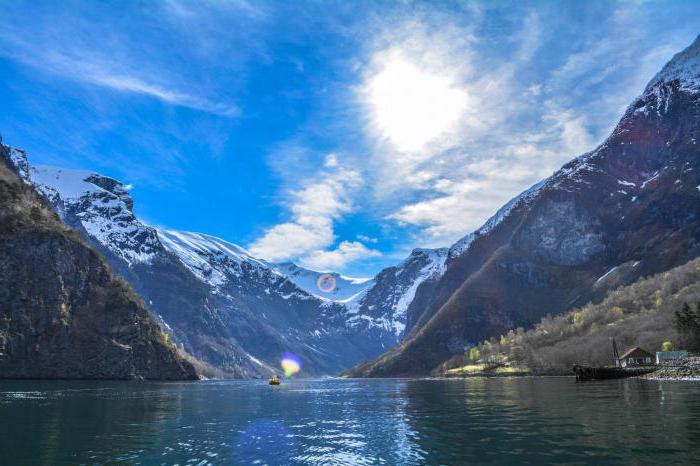
Northern Europe is a geographic region,occupying about 20% of the area of modern Europe. In Northern Europe, there are 10 countries: Great Britain, Ireland, Iceland, Denmark, Sweden, Finland, Norway, Latvia, Estonia and Lithuania. All these countries, except Norway and Iceland, are part of the European Union, and as a result of the 2016 referendum, the majority of UK residents voted to withdraw from the union.
The types of government in Northern Europe are quite diverse.
The main types of government in Northern Europe -a parliamentary republic and a constitutional monarchy. But the percentage ratio can not be called equal. The most widespread form of government in Northern Europe is the parliamentary republic. It is typical for Ireland, Iceland, Latvia, Estonia. Another widespread form of government in this region is the constitutional monarchy. It is typical for Norway and Denmark.

There are other types of government in the NorthEurope, in addition to the above. In the UK, along with the monarchy, there is a bicameral parliament. The form of government in this country is a parliamentary monarchy.
Lithuania belongs to the parliamentary-presidentialrepublics, that is, the president has the powers of a certain constitution, and not only performs representative functions. Finland belongs to the parliamentary-presidential republics of Northern Europe.

According to the form of government, Sweden isconstitutional-parliamentary monarchy. The king, the head of the camp, has no real political power and performs exclusively representative functions. Real political power belongs to the parliament, elected by a general vote for 4 years. The Prime Minister is the head of the executive branch.
These are the main types of government in Northern Europe.

Features of the countries of Northern Europe consist in that,that these countries are among the most ecologically clean in the world, will be highlighted by the presence of their sea coast, rich flora and fauna. According to the list of countries for environmental efficiency, Finland, Iceland and Denmark are conducting the most successful environmental policy.
In countries such as Norway and Iceland,Ecotourism has become particularly popular. Every year millions of tourists visit these countries to enjoy the fjords and waterfalls of Norway, the geysers and ice caves of Iceland, as well as see the northern lights with your own eyes.

Northern Europe is generally economicallydeveloped region, although the amount of income in different countries of this region is very different. The total GDP in this region is 6% of the total European. GDP per capita ranges from 24 thousand dollars in Lithuania to 68 thousand dollars in Norway, which is one of the ten highest rates in the world.
The economic policy of Northern Europe is quiteflexible, which explains the high level of development of the region. Significant capital was invested in the most important sectors of the economy - oil and gas production, minerals, engineering, shipbuilding, fishing.
An important role in increasing production volumes was played by the principle of granting loans to enterprises on preferential terms.
The population of Northern Europe is more than 100 million people. Most people live in the UK (about 65 million), least of all - in Iceland (total 330 thousand).
The countries of Northern Europe can not be called densely populated. The highest density of population is typical for Great Britain (250 people / km2), the lowest - for Iceland (3 people / km2).
Of all the capitals of Northern Europe, only Londonbelongs to the cities-millionaires. The population of the other capitals is relatively small. The smallest capital of Northern Europe is Reykjavik, the capital of Iceland. The population of this city is 118.8 thousand people, which is almost a third of the country's population.
Population growth in the Nordic countries, bothAs in all other regions of Europe, it is not high. Positive natural population growth (fertility prevails over mortality) is typical for Ireland, Iceland, Norway, the United Kingdom, and Sweden and averages 40/00. This is much less than in the countries of Asia, Africa or South America.
In Denmark, Finland, Latvia, Estonia and Lithuania, population growth is negative, depopulation and aging of the nation are observed.
</ p>